
A US teenager was recently reported to have developed the oddly named medical condition "popcorn lung" after vaping in secret for three years.
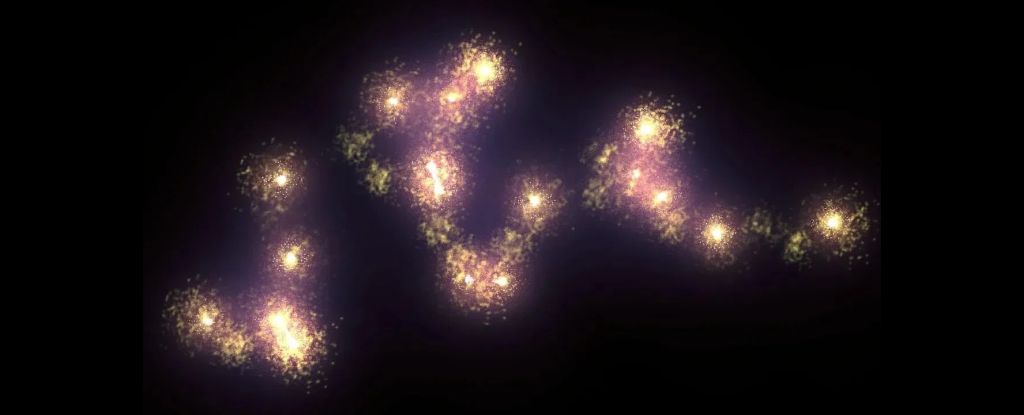
The largest known structure in the Universe may be even larger than the large we thought it was.
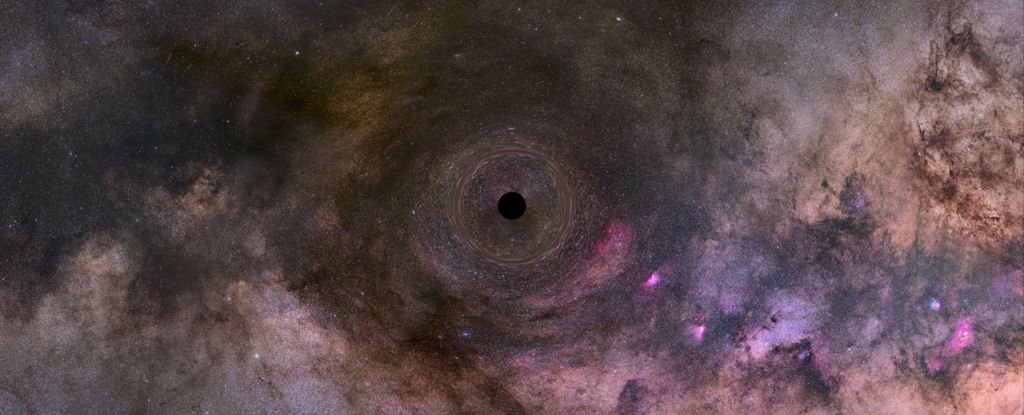
A lonely black hole roaming the cosmos in solitude has been confirmed for the first time.
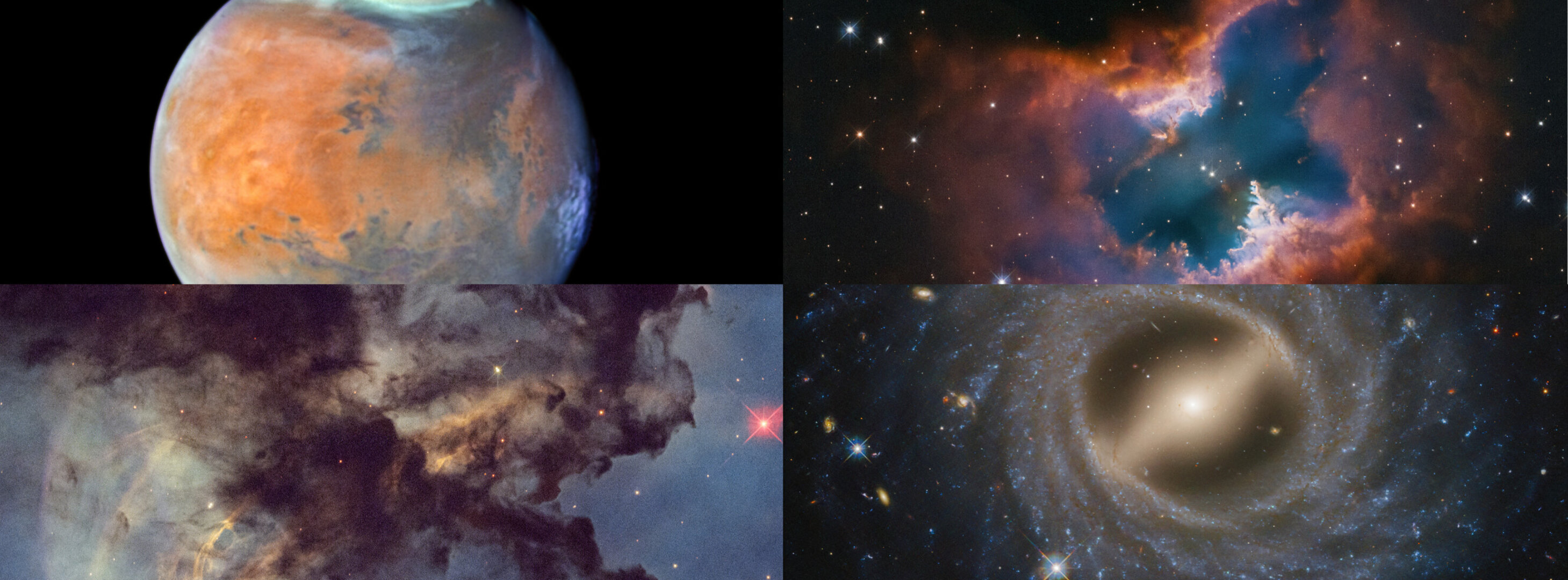
After over three decades of scrutinising our Universe, Hubble remains a household word as the most well-recognised telescope in scientific history.
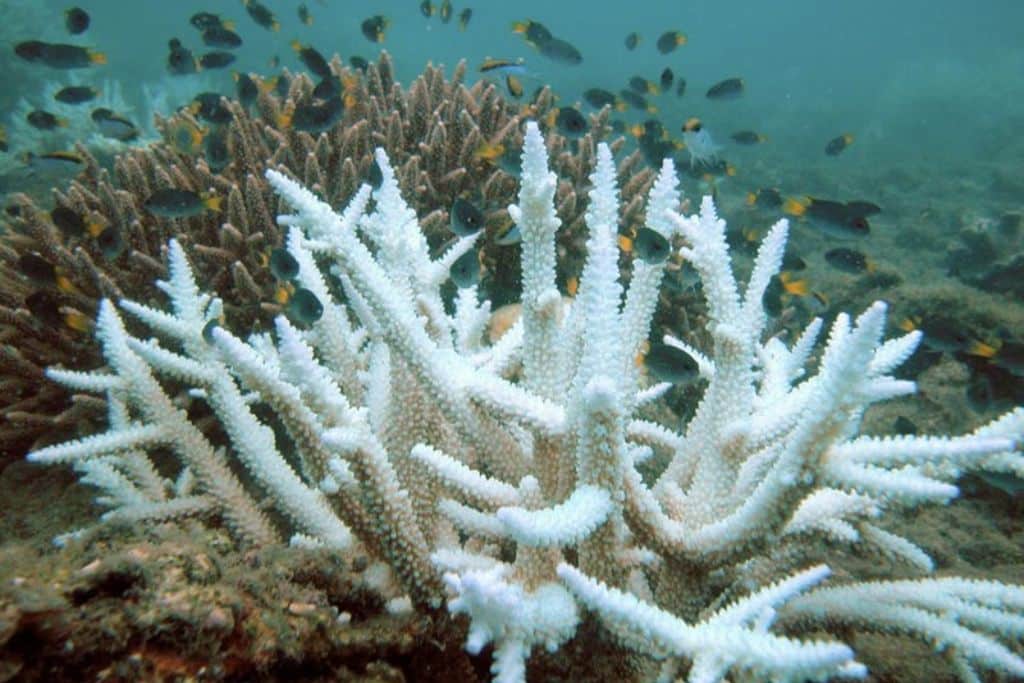
From 1 January 2023 to 20 April 2025, bleaching-level heat stress has impacted 83.7% of the world’s coral reef area.
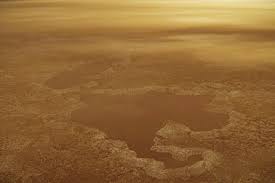
New research finds that despite large rivers and seas of liquid methane, Saturn's moon Titan seems mostly devoid of river deltas.
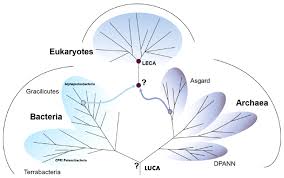
An international collaboration has published groundbreaking research, shedding light on the most significant increase in complexity in the history of life's evolution on Earth: the origin of the eukaryotic cell.

Astronomers have detected the most promising signs yet of a possible biosignature outside the solar system, although they remain cautious.
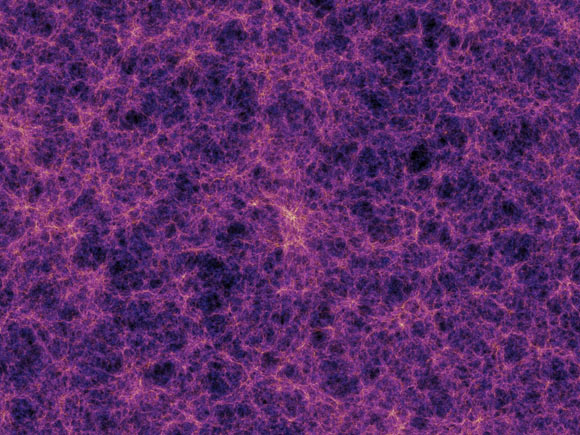
New research led by University of Hawaii astronomers suggests our Universe may rotate - just extremely slowly.
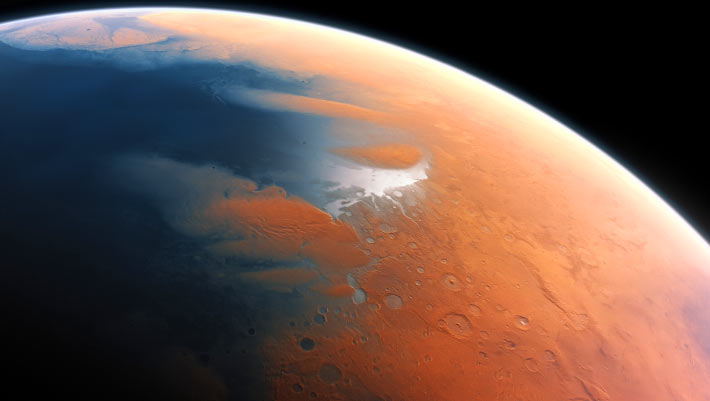
The distribution of valley heads on Mars matches predictions for a climate that includes precipitation rather than just runoff from melting ice caps.

Astronomers at MIT have discovered a rocky exoplanet orbiting the bright K-dwarf star BD+05 4868A and observed variable transit depths that are characteristic of comet-like tails.

The fact that this bacteria so closely resembles that transition point, from two single cells with different genetics to one inseparable cluster, is fascinating: embryo comparisons have provided many clues about our evolutionary history.

In a new image from NASA’s James Webb Space Telescope, a galaxy named for its resemblance to a broad-brimmed Mexican hat appears more like an archery target.
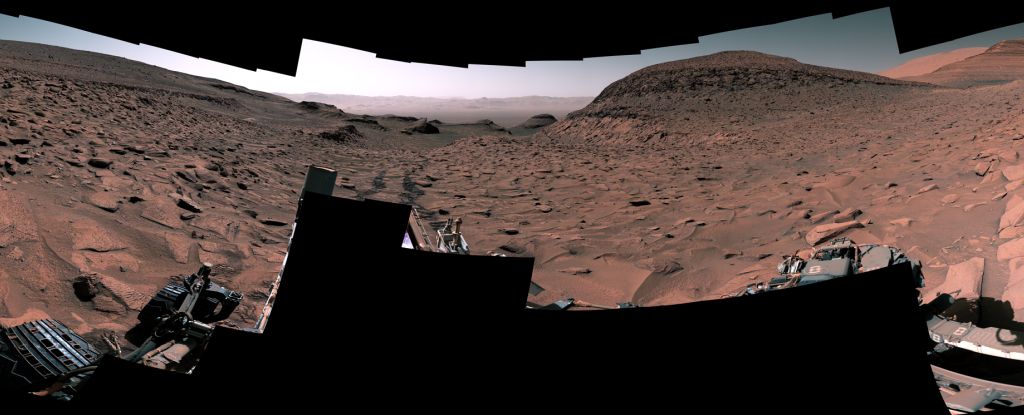
A surprise discovery in Gale Crater is the component that was missing in the puzzle of Mars's climate history.
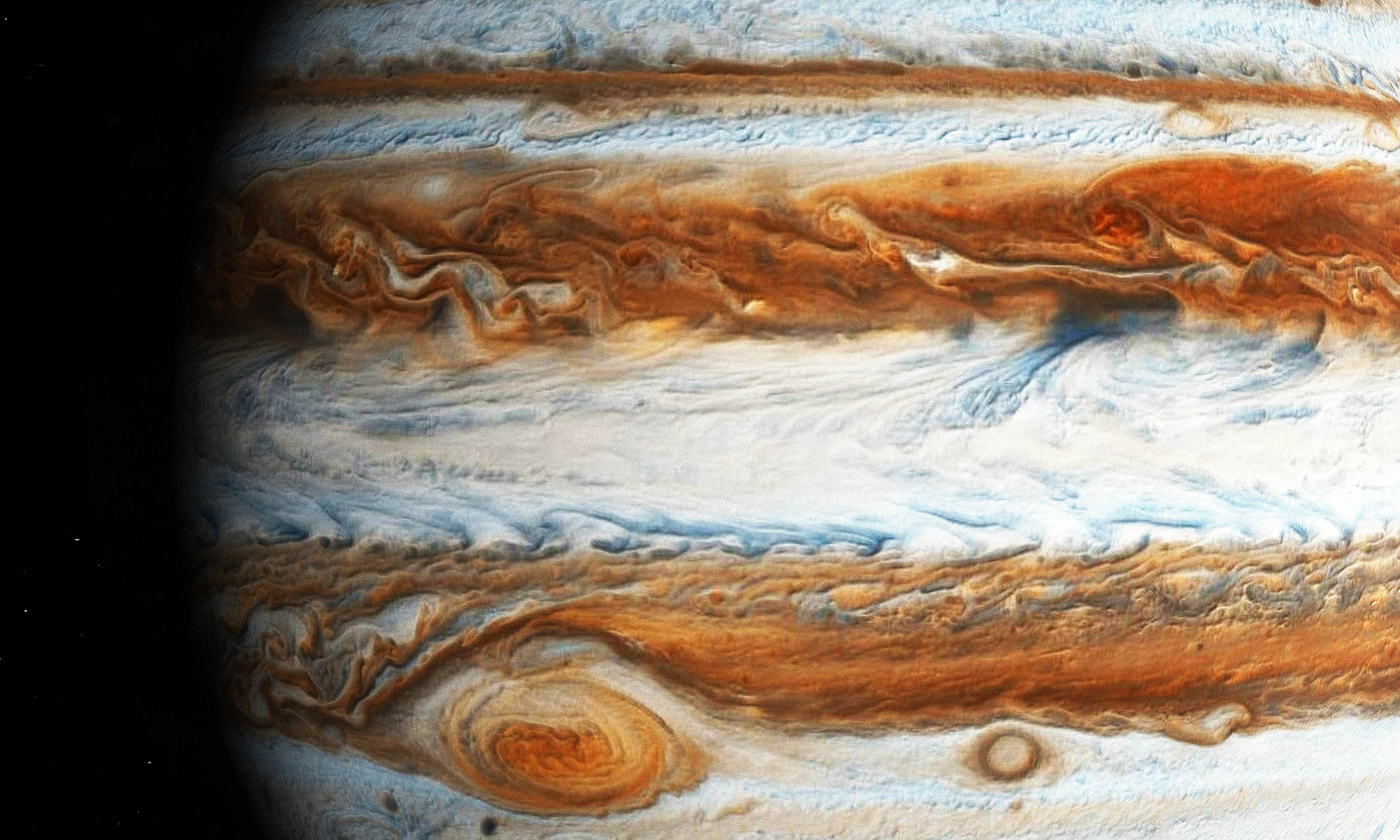
Slushy hail, made of water and ammonia, may form during lightning-packed storms, giving researchers fresh clues about what lurks beneath the planet’s colorful cloud tops.